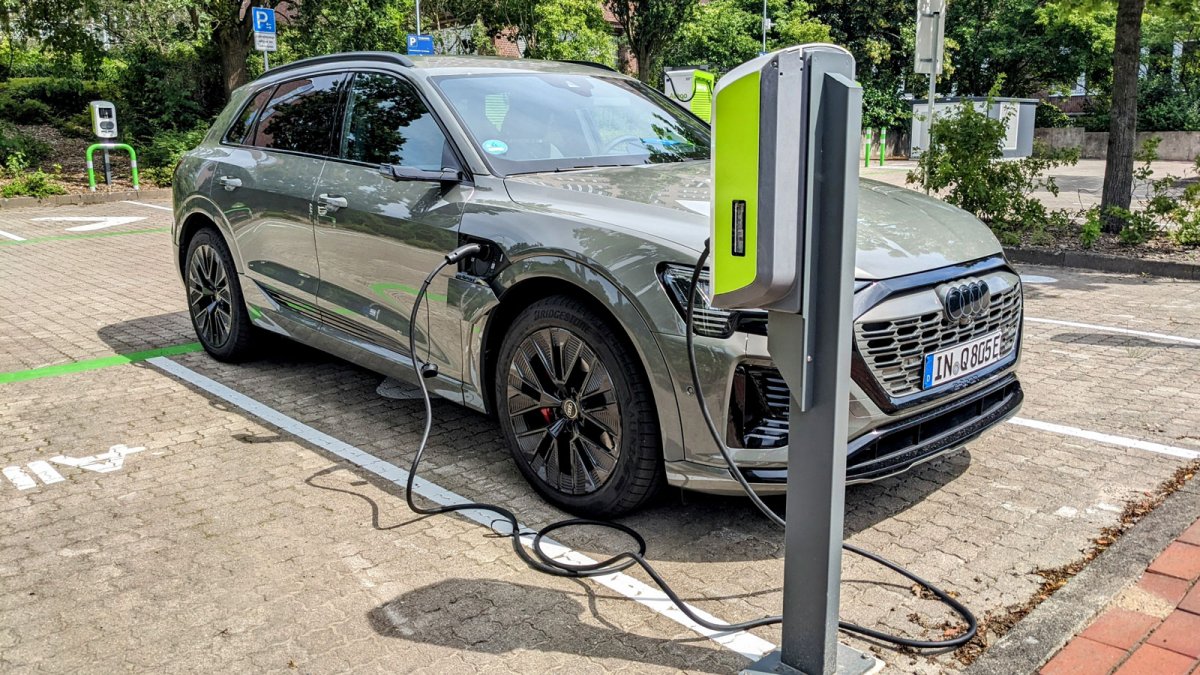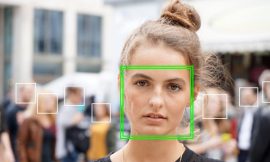Money for Electric Cars: New Deadlines for the GHG Quota
Owners of electric cars have the opportunity to receive money from emissions trading once a year. This financial benefit, in addition to other advantages such as vehicle tax exemptions and lower maintenance costs, helps improve the overall cost balance of owning an electric car. Depending on the year and the provider, owners can receive around 250 to 400 euros. The process involves vehicle owners commissioning a certificate dealer to sell their own CO₂ reduction quota to mineral oil companies. This allows them to meet the statutory reduction requirements and recover the costs at the gas station. This scheme is commonly known as GHG quota, which stands for greenhouse gas reduction quota.
The federal government has recently made several cuts to the GHG quota program, which have gone largely unnoticed by the public. The decision to amend the ordinance was passed on June 28th in a typical summary procedure, disregarding criticism from associations. The Federal Environment Agency (UBA) collaborates with the lead BMUV (Federal Ministry for the Environment, Nature Conservation, Nuclear Safety and Consumer Protection) to calculate the GHG quota. Previously, electric car owners could receive the full premium for the current accounting year, regardless of when their vehicle was registered. The registration deadline was set for the end of February the following year. Even electric vehicles that require insurance but not registration, such as electric 45 km/h scooters, were eligible for the full bonus. However, this is no longer the case. Small vehicles, including scooters, are now completely excluded from quota trading.
Furthermore, the deadline for registering electric cars to qualify for the GHG quota has been drastically brought forward from the end of February to November 15th. The official justification for this change is that it reduces the burden on the overworked Federal Environment Agency. Unfortunately, this regulation has significant negative effects. Electric vehicles registered after November 15th or whose owners failed to meet the new deadline will receive nothing for that specific year. Registration numbers are typically high in November and December, so many electric car owners will be affected by these changes. The reduction in the environmental bonus, which is a direct purchase subsidy, is already adding to the challenges faced by electric vehicle owners in Germany.
Wilko Eggers, the strategy manager and co-founder of “Geld für E-Auto” (Money for Electric Cars), has expressed his dissatisfaction with the federal government’s actions. He highlights the refusal of the BMUV to digitize its own authority and instead cut the number of applications. Eggers argues that this decision, along with the disregard for associations’ positions in the hearings, negatively impacts consumers and hampers the promotion of electromobility.
The GHG quota program also restricts eligibility for smaller electric vehicles, such as 45 km/h scooters. Previously, these vehicles could receive the full bonus. However, it is now only possible to generate the GHG quota if authorization is mandatory, rather than voluntary. The flat-rate consumption calculation of 2000 kWh/year used for cars was too high for e-scooters and other smaller electric vehicles. Ideally, the consumption level should have been adjusted accordingly, and the quota reduced. Unfortunately, this was not done by the BMUV and the UBA. Additionally, new vehicle classes, including electric trucks from 3.5 to 12 tons (N2) and trucks over 12 tons (N3), are also excluded from the GHG quota. This is surprising considering that heavy goods traffic is a significant contributor to CO₂ emissions in road traffic.
Another change to the GHG quota program involves the publication of addresses for wall boxes used to charge electric cars. Previously, private wall boxes could be declared publicly accessible, allowing their operators to generate an additional GHG quota and receive extra payment. However, under the new regulations, the addresses of these wall boxes must be transparently displayed at the Federal Network Agency (BNetzA). The aim is to push out wall boxes that are not actually publicly accessible. While this is a positive step, environmental organizations, such as NABU and Transport & Environment, have criticized this change as it removes an additional incentive for electric driving that was considered a “role model for Europe.”
Overall, these recent changes to the GHG quota program have significant implications for electric vehicle owners in Germany. The reduction in benefits, as well as the exclusion of certain vehicle classes and the modification of rules regarding wall boxes, have been met with criticism from associations and experts in the field. This, in turn, negatively affects the promotion and adoption of electromobility in the country.



